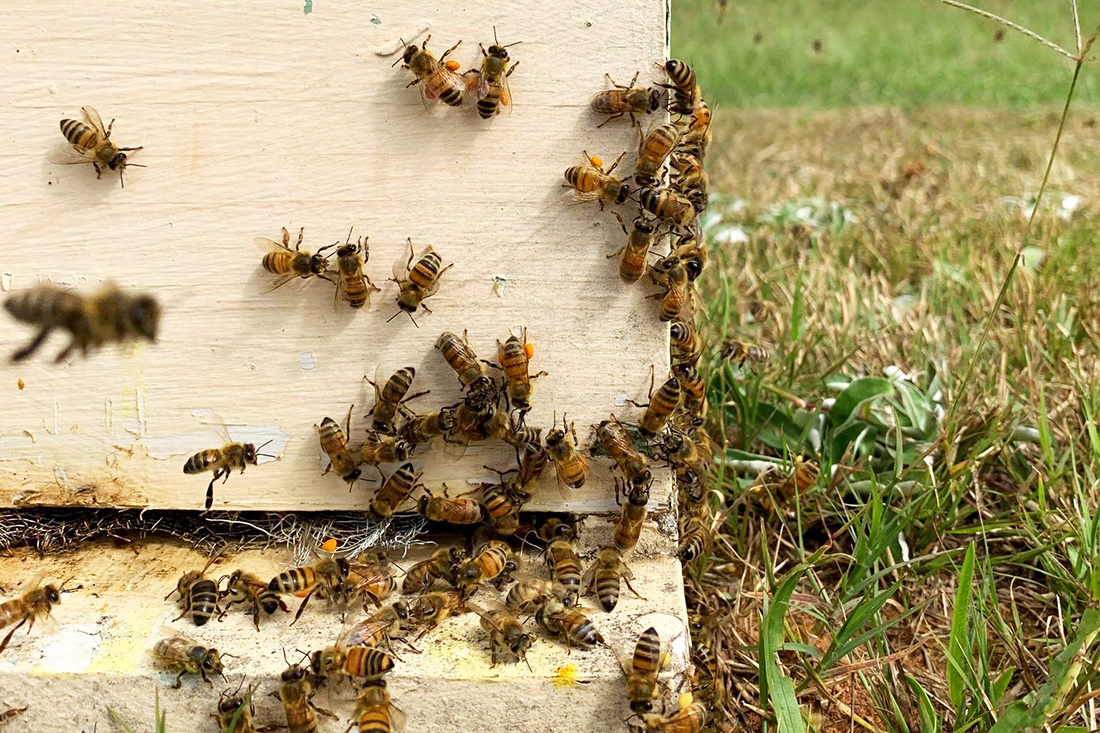An early-October frost probably signaled the end of the semiannual plague of lovebugs in south Georgia.
"That, and the fact that it's been five-plus weeks since they started around here should pretty much do it for this year," said Will Hudson, an entomologist with the University of Georgia College of Agricultural and Environmental Sciences. "The question now is whether next year will continue the recent trend toward increasing populations in south Georgia."
This fall's swarms of lovebugs were the biggest in years. They couldn't go away too soon for motorists. "I've traveled all over the country, and that's the most bugs I've ever seen in my life," said one traveler near Tifton, Ga.
|
| Lovebugs' feeding isn't a problem. But their mating flights above roadways make them a nuisance. |
'Love' on the Wing
Lovebugs (Plecia neartictica) are small black and red flies. They have moved from Central America into states along the Gulf of Mexico. Getting their name from their curious nature, lovebugs mate on the fly for about a day out of their two-day adult lives. "They stay coupled, mated for 12 to 15 hours at least," Hudson said. The female lays her eggs in the grass along roadsides and in pastures, and then dies.
In late April and May, the eggs she laid in September and October hatch with smashing regularity, causing more hate than love among the humans passing by. Hudson said the cycle is something drivers just have to live with. If you sprayed a pesticide to get rid of them, he said, "you'd have to spray the entire grassy roadside area every two hours for several weeks."
'Here to Stay'
Obviously, getting rid of lovebugs altogether would be impractical, if not impossible, and environmentally unsound. "They're here to stay," Hudson said. "They've moved into the Southeast, and they like it very well." Lovebugs aren't all bad, he said. As small worms, they clean up the ground litter, eating a lot of dead leaves.







